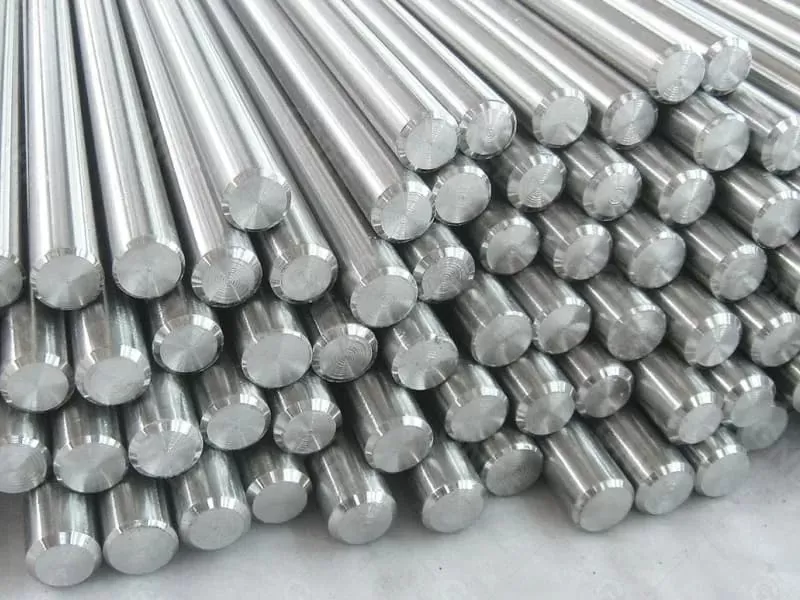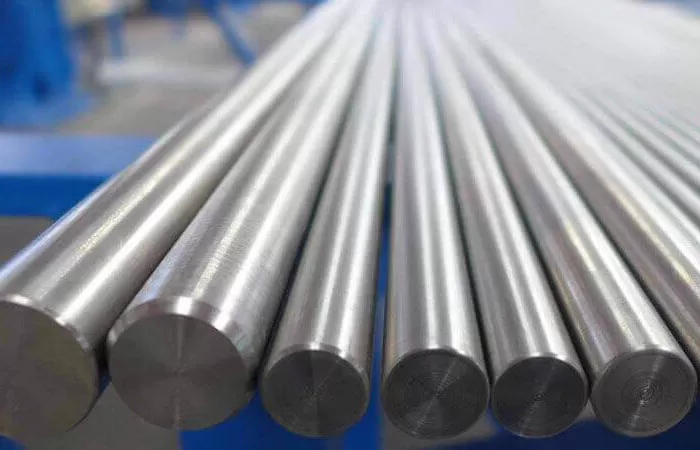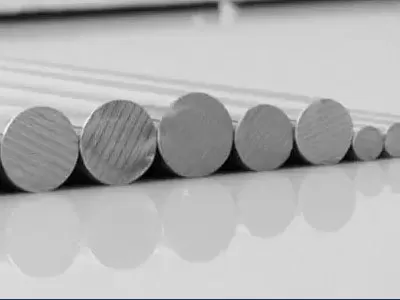
17-4 PH stainless steel, known for its excellent combination of high strength, good corrosion resistance, and remarkable mechanical properties, is a staple in aerospace, chemical processing, and energy industries. This article delves into the intricacies of heat treatment processes tailored for 17-4 PH stainless steel to optimize its mechanical properties for specialized applications.
Overview of 17-4 PH Stainless Steel
17-4 PH (Precipitation Hardening) stainless steel is an alloy primarily composed of iron, chromium, and nickel, with additions of copper and niobium. This composition confers the alloy its characteristic hardening properties when subjected to specific heat treatments.
Heat Treatment Processes
The heat treatment of 17-4 PH stainless steel typically involves a series of steps including solution annealing, quenching, and aging. Solution annealing is performed at around 1040°C, followed by rapid cooling to prevent carbide precipitation. The aging process, which can be performed at various temperatures ranging from 480°C to 620°C, induces precipitation hardening. The selection of aging temperature significantly affects the resulting hardness, tensile strength, and toughness.
Effects of Aging Temperature
The aging temperature is crucial in determining the final properties of 17-4 PH stainless steel. Lower aging temperatures (around 480°C) enhance the yield strength but may reduce toughness, making the material suitable for applications requiring high strength and moderate impact resistance. Higher aging temperatures (up to 620°C), conversely, provide a better balance of strength and toughness, ideal for parts subjected to high stress and requiring durability.
Experimental Analysis
Experimental studies on 17-4 PH stainless steel have shown that the microstructure significantly changes with varying heat treatments. Using advanced microscopy techniques, such as scanning electron microscopy (SEM) and transmission electron microscopy (TEM), researchers have observed the formation of fine precipitates that contribute to the strengthening mechanism. Mechanical testing, including tensile, hardness, and impact tests, further confirm the correlation between microstructural changes and mechanical properties.
Application-Specific Optimization
For applications in the aerospace sector, where both high strength and corrosion resistance are critical, optimizing the heat treatment process can significantly enhance performance. Adjusting the aging temperature to tailor the microstructure can meet specific requirements, such as improved fatigue resistance and stress corrosion cracking resistance.
Conclusion
The heat treatment of 17-4 PH stainless steel plays a pivotal role in its application across various industries. By understanding and manipulating the heat treatment parameters, specifically the aging temperature, engineers can enhance and customize the properties of this versatile alloy to better suit specific application needs.

2025-11-19 14:09:22

2025-11-07 17:27:49

2025-11-05 15:44:44

25th floor, C3 Building, Wanda Plaza, Kaifu District, Changsha, Hunan Province, China